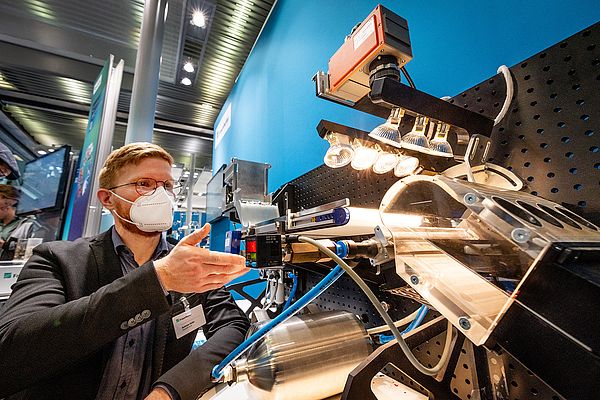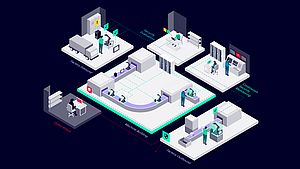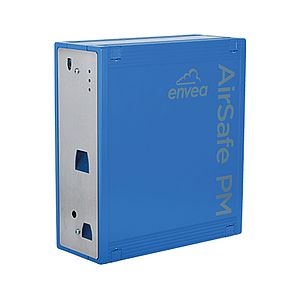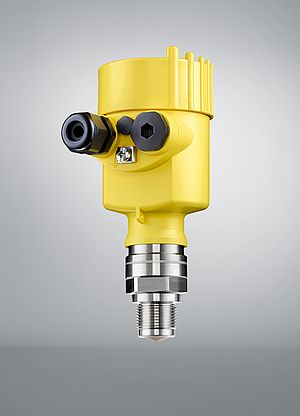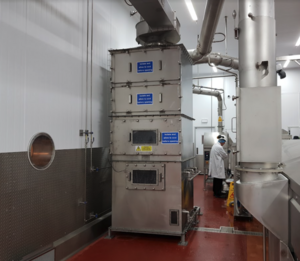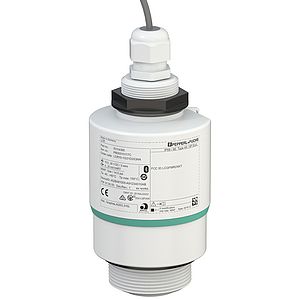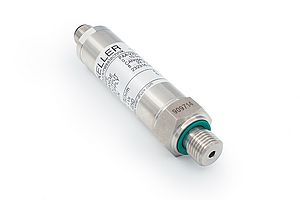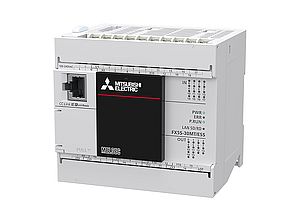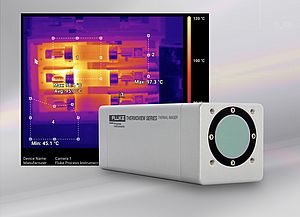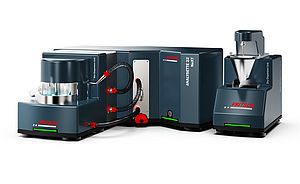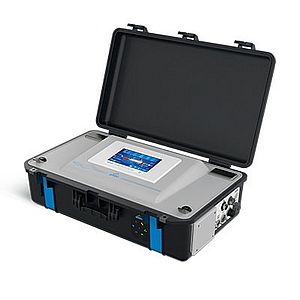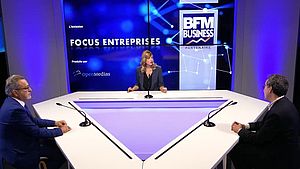Many everyday items would be unthinkable without plastics such as polyethylene, polypropylene or polystyrene, all of which are made from fossil fuels. The problem is that Germany's mechanical recycling rate for plastics is still too low. Currently, more plastic waste is incinerated than mechanically recycled. Valuable materials are lost forever when waste is incinerated. In a truly circular economy, waste would not be incinerated. Instead, it would be reused and recycled either mechanically or chemically - or avoided in the first place. This not only reduces the demand for fossil-based resources, but also reduces the environmental impact of carbon emissions. What's more, the carbon content in the plastic would be preserved as an important resource for use in the chemical industry. Eight institutes and research units of the Fraunhofer-Gesellschaft are pooling their expertise in the flagship project Waste4Future to develop new solutions to this challenge, from raw materials, through material flows and process engineering, to the end of a product's life cycle. The project is coordinated by the Fraunhofer Institute for Materials Recycling and Resource Strategies (IWKS).
“Plastics are made from hydrocarbons. At the end of their service life, these are disposed of and are then sorted. Low-quality plastic with too much contamination is incinerated, while high-quality plastic is sorted according to color and sold as recycled material. But recycling these valuable materials according to type is complicated,” says Dr. Gert Homm, head of one of the sub-projects and research scientist at Fraunhofer IWKS in Alzenau. “A lot of packaging is not even considered recyclable by the sorting facilities and ends up in the incineration plant as residual waste. Many of today’s sensors fail to recognize black plastic, and even yogurt cartons with aluminum foil lids end up with the aluminum by mistake and then in residual waste.”
Today’s waste, tomorrow’s valuable resource
This is why the Waste4Future project is developing a sensor suite for sorting plants. Among other things, it can detect black particles in waste. An intelligent combination of different sensors in the suite, including infrared and terahertz sensors, will be able to determine both the parameters for sorting the material as pure as possible and how degraded the sample is. The age of the sample is relevant in assessing whether and how it is suitable for mechanical recycling. If something is too badly damaged, it can no longer be recycled mechanically, but only chemically. Both properties can be identified using the sensor suite. It uses sensor technology, some of which has been developed in-house, to detect and link different physical properties of the plastics (optical, thermal, etc.). The collected data is cross-linked and evaluated using machine learning techniques. In a sorting facility, the sensor suite is installed above the conveyor belt to identify the waste. Compressed air nozzles are then used to sort out either the desired target materials or the unwanted contaminants. Chlorinated plastics, such as polyvinyl chloride (PVC), can be a problem in chemical recycling. The chlorine content can lead to significant corrosion of the systems required for chemical recycling. In general, the purer the plastic, the higher the quality of the recycled material.
When the plastic is detected by the sensor, huge quantities of data are generated. “Digital twins help reduce the mass of data down to essential core data and pass this on to an evaluation model we are developing as part of the project, so revamping the formerly process-based recycling chain into a material-based one,” says the researcher. Factors such as energy consumption and carbon footprint are taken into account in the process. The combination of innovative sorting technology, digital twins, machine learning and evaluation model dynamically works out for a specific amount of waste which recycling route makes the most sense from a technical, ecological and financial point of view. The evaluation model calculates the impact on the environment and gives information on matters such as how much energy is required to produce one ton of new plastic. This energy consumption is compared against the energy required for energy recovery. The evaluation model analyzes the various options for recycling plastics to enable a true comparison.
Those involved in the project are investigating potential mechanical (melt extrusion, solvent-based purification and fractionation) and chemical (solvolysis, pyrolysis, gasification) recycling processes and testing them for their suitability for different compositions of plastic waste. By the time the project ends in December 2024, it will be possible to compare components made from old plastics against new materials.
Circular economy instead of energy recovery
“A sustainable society with climate-neutral processes demands significant adjustments to value chains, which can only be achieved through innovation. We are following up on this as part of the project by working out the best possible route for recycling as well as the optimal sorting process, taking financial and ecological considerations into account, thereby contributing to a significant reduction in carbon emissions compared to energy recovery and enabling a high degree of recycling for waste containing carbon,” says the physicist.
Fraunhofer institutes and research units involved:
• Fraunhofer Research Institution for Materials Recycling and Resource Strategies IWKS • Fraunhofer Institute for High Frequency Physics and Radar Techniques FHR • Fraunhofer Institute for Ceramic Technologies and Systems IKTS • Fraunhofer Institute for Structural Durability and System Reliability LBF • Fraunhofer Institute for Microstructure of Materials and Systems IMWS • Fraunhofer Institute for Optronics, System Technologies and Image Exploitation IOSB • Fraunhofer Institute for Process Engineering and Packaging IVV • Fraunhofer Institute for Nondestructive Testing IZFP


